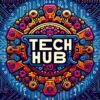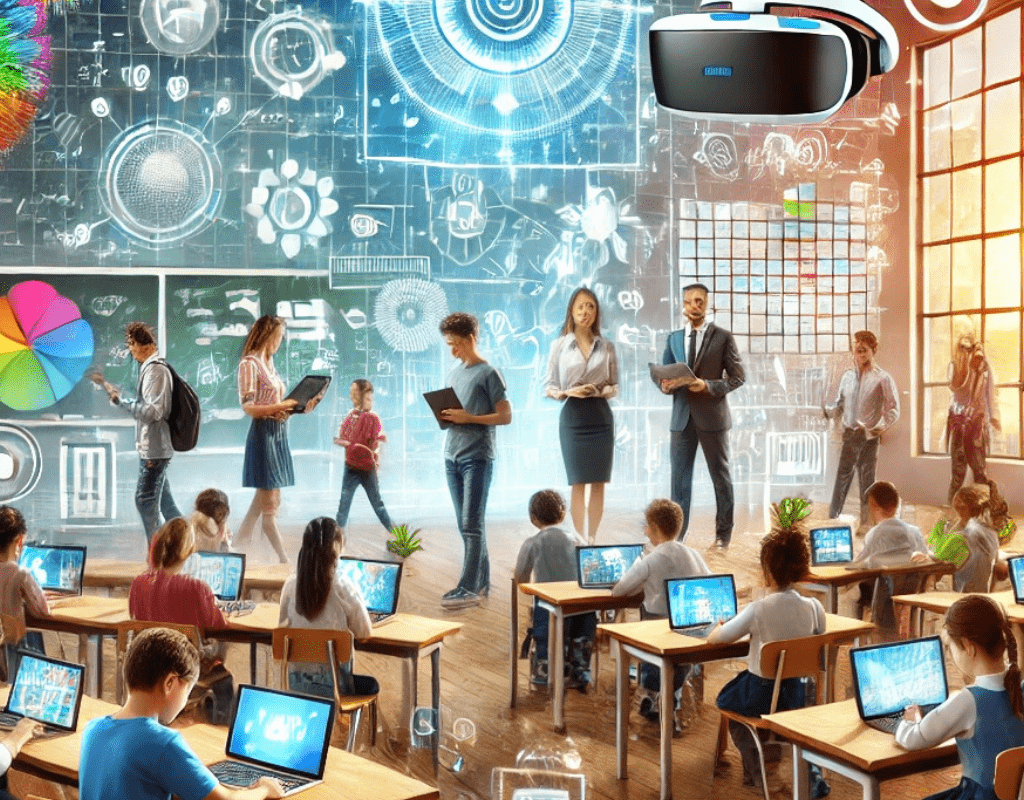Introduction
With digital twin technology especially as a revolutionary development, the fast progress of technology has brought forth transforming inventions. Continuously updated with real-time data to mirror its real-world counterpart, a digital twin is a virtual depiction of a physical object, system, or process. When used with artificial intelligence (AI) and the Internet of Things (IoT), this idea becomes an effective tool for real-time decision-making. While artificial intelligence analyzes data to generate useful insights, IoT lets linked devices’ smooth data collecting possible. Taken together, they improve the powers of digital twins, therefore promoting efficiency, predictive maintenance, and industry-wide optimization. This blog investigates how IoT and artificial intelligence cooperate to raise digital twin technology to unprecedented standards.
The Part IoT Plays in Digital Twin Technology
By tying real objects to their digital equivalents, IoT forms the backbone of digital twin technologies. IoT offers a continuous stream of real-time data about the physical environment—encompassing characteristics including temperature, pressure, vibration, and operational performance—by means of sensors and linked equipment. The digital twin’s correctness and relevance depend on this data, hence it is indispensable.
In manufacturing, for example, IoT sensors fitted in machines gather ambient condition and equipment performance data. The digital twin receives this data so it may replicate the real-world condition of the gear. IoT improves operations visibility and creates the basis for predictive maintenance by doing this as well. By anticipating equipment failures before they start, companies can minimize downtime and save maintenance costs.
IoT also makes ongoing monitoring and adjustment easier. IoT-enabled digital twins reveal operational efficiency and resource usage in sectors including energy and transportation. Real-time data analysis helps companies make decisions to maximize procedures and lower waste. IoT combined with digital twins therefore turns unprocessed data into useful intelligence.
How Artificial Intelligence Enhanced Digital Twin Possibilities
IoT offers the data pipeline for digital twins, but artificial intelligence serves as the analytical engine pulling insightful analysis from this information. Processing enormous volumes of data gathered by IoT devices, artificial intelligence algorithms find trends, anomalies, and patterns that might not be clear from more conventional analysis techniques.
Predictive analytics is one important use for artificial intelligence in digital twins. AI can quite accurately forecast future events by using machine learning models educated on past data. In industrial environments, for instance, artificial intelligence-powered digital twins can predict equipment breakdowns depending on minute sensor data. This helps companies to plan maintenance ahead, so preventing expensive interruptions.
Within digital twin technology, artificial intelligence also allows scenario simulation. Creating virtual environments that replicate real-world settings allows companies to evaluate several tactics and their results prior to deployment. A logistics company might, for example, replicate many delivery paths under varied traffic conditions using an artificial intelligence-driven digital twin. This helps to lower fuel use and maximize delivery times.
Apart from predictive analytics and simulation, artificial intelligence improves decision-making by means of recommendations in real time. AI-powered digital twins, for instance, can examine traffic flow data from IoT sensors in smart cities to recommend ideal traffic signal timings to help to ease congestion. Such features show how artificial intelligence turns digital twins into intelligent systems able of dynamic decision-making.

Real-Time Decision-Making: A Revolution
IoT and artificial intelligence combined with digital twin technologies transforms real-time decision-making in many different fields. Combining real-time data collecting with sophisticated analytics helps companies to be hitherto unheard-of in reacting to evolving conditions.
Digital twin technology fitted with IoT sensors, for example, can track patients’ vital signs constantly in the medical field. AI systems examine this information to find early warning signals of medical disorders such strokes and heart attacks. Medical personnel are notified right away to enable quick intervention capable of saving lives.
In manufacturing, too, real-time decision-making enabled by digital twins guarantees best production efficiency. Should an IoT sensor on a manufacturing floor notice an unusual increase in machine temperature, the digital twin—boosted by artificial intelligence—can suggest quick fixes or even start automated reactions to stop equipment breakdown.
The advantages also reach energy management. IoT-enabled digital twins let smart grids track regional power usage trends. Using this information, artificial intelligence forecasts demand changes and instantly maximizes energy distribution. By cutting energy waste, this not only improves grid dependability but also helps environmental objectives.
IoT and AI-driven digital twins so provide real-time decision-making that helps companies to run more effectively and aggressively reduces risks.
Challenges in Integration
Integrating IoT and artificial intelligence with digital twin technology is not without difficulty even if it has transforming power. Privacy and data security are main issues of worry. The enormous volumes of private data produced by Internet of Things devices have to be protected from cyberattacks. A breach could affect consumer confidence in addition to company processes.
Controlling the complexity of data integration presents still another difficulty. Digital twins depend on several IoT devices running under different protocols depending on different data sources. Strong interoperability rules are necessary to guarantee flawless communication between several devices.
Furthermore using artificial intelligence algorithms calls for large computer resources and mastery of machine learning. To completely maximize the possibilities of AI-driven digital twins, companies have to make investments in sophisticated infrastructure and qualified staff.
Dealing with these issues calls for a calculated strategy including standardized data formats for interoperability, implementing safe communication protocols for Internet of Things devices, and encouraging cooperation between domain experts and data scientists.
Conclusion
IoT and artificial intelligence combined with digital twin technology signals a new age of invention marked by improved efficiency and smarter decision-making. Organizations can reveal hitherto unheard-of degrees of operational knowledge by using real-time data from IoT devices and sophisticated analytics applied via artificial intelligence algorithms.
From proactive healthcare interventions to optimal energy management in smart grids and predictive maintenance in industry, this synergy finds extensive and varied uses. Realizing its full potential, though, calls on conquering security, interoperability, and resource allocation issues.
IoT and AI combined with digital twin technology will get ever more complex as technology develops at a fast speed. Companies who welcome this change now will be more suited to flourish in a linked world when intelligence and adaptability are important factors of success.




